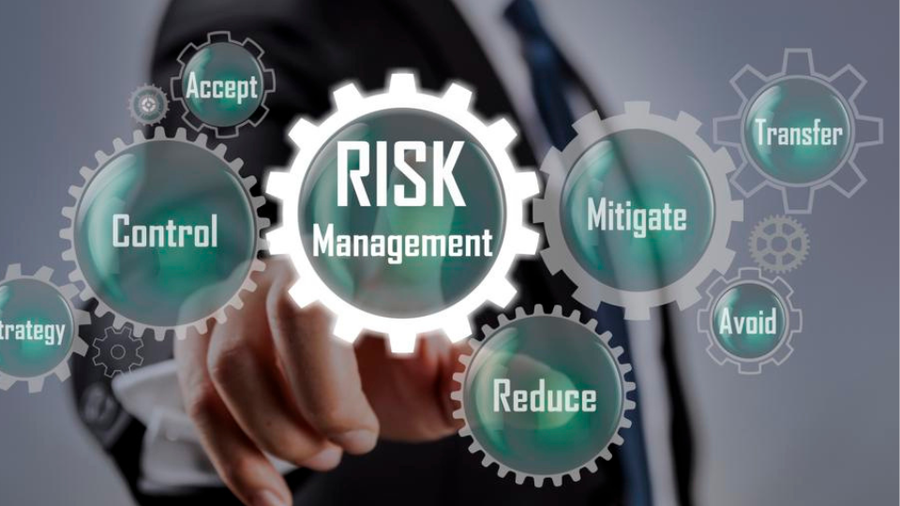How Fractional CTOs Transform SMEs in the Healthcare Industry
In the rapidly evolving healthcare industry, technology plays a pivotal role in shaping service delivery, operational efficiency, and patient outcomes. Small and medium-sized enterprises (SMEs) within this sector often encounter unique challenges that require specialized expertise to address. This is where the concept of a Fractional Chief Technology Officer (CTO) gains significance. A Fractional CTO brings a wealth of experience and strategic insights to SMEs without the full-time commitment or cost associated with a traditional CTO role. This arrangement allows healthcare SMEs to leverage top-tier technology leadership to drive innovation, streamline operations, and adapt to the shifting digital landscape. Drawing on case studies and industry analysis, this document explores how Fractional CTOs are transforming the healthcare industry by providing strategic advantages such as access to expert knowledge, enhanced agility in decision-making, and a focus on technological advancement.
The Role of a Fractional CTO in Healthcare SMEs
In the realm of healthcare SMEs, the appointment of a Fractional CTO serves as a catalyst for digital transformation and technological advancement. This strategic role is multi-faceted, embodying both leadership and deep tech expertise, to shepherd organizations toward their strategic goals. The responsibilities and impacts of a Fractional CTO include:
Strategic Technology Planning
Aligning SME’s technology strategies with their long-term business objectives, ensuring that technological investments deliver maximum value and competitive advantage.
Innovation Leadership
Spearheading the adoption of emerging technologies and innovative practices to bolster healthcare delivery, patient engagement, and operational efficiency.
Risk Management

Identifying and mitigating technological and cyber-security risks, ensuring the protection of sensitive patient data in compliance with healthcare regulations.
Resource Optimization
Leveraging limited resources to achieve optimal tech development and maintenance, including recommending cost-effective software solutions and streamlining IT processes.
Vendor and Stakeholder Management
Navigating relationships with technology vendors and other stakeholders, negotiating contracts that favor the SME, and ensuring the alignment of all tech-related activities with business goals.
Talent Development and Leadership
Cultivating a tech-savvy workforce by mentoring in-house teams, integrating new tech skills, and fostering a culture of continuous learning and innovation.
Strategic Advantages of Hiring a Fractional CTO
Employing a Fractional CTO offers healthcare SMEs distinct strategic advantages. This approach not only aligns technology strategies with long-term business objectives but also ensures that technological investments are maximized for value and competitive leverage. The Fractional CTO leads the way in adopting emerging technologies and innovative practices, significantly enhancing healthcare delivery, patient engagement, and operational efficiency. They play a crucial role in managing technological and cybersecurity risks, safeguarding sensitive patient data in compliance with healthcare regulations.
Additionally, by optimizing resources, the Fractional CTO enables the organization to achieve optimal tech development and maintenance with cost-effective solutions. Effective management of vendor and stakeholder relationships results in favorable contracts and ensures that tech-related activities align with business goals. Finally, by fostering a culture of continuous learning and innovation, the Fractional CTO contributes to the development of a tech-savvy workforce, prepared to face the challenges of the rapidly evolving digital healthcare landscape.
Implementing Fractional CTO Services

Implementing Fractional CTO services into a healthcare SME demands a meticulously planned approach, tailored to address specific organizational needs while ensuring seamless integration with existing systems and processes. This begins with a comprehensive assessment of the current technological landscape, identifying areas of strength, potential vulnerabilities, and opportunities for innovation. Following this, a strategic roadmap is developed, outlining clear, achievable goals and the steps required to realize them. The Fractional CTO then works collaboratively with internal teams, leveraging their unique expertise to foster knowledge sharing and skill development.
This collaboration extends to selecting and managing technology vendors, ensuring that all partnerships align with the organization’s strategic objectives and deliver maximum value. Regular reviews and adjustments to the strategy ensure that the organization remains agile and responsive to changes in the digital healthcare environment. With a focus on building resilience, enhancing operational efficiency, and driving innovation, implementing Fractional CTO services positions healthcare SMEs to thrive in a competitive and rapidly advancing industry.
Future Trends in Healthcare Tech Leadership
The landscape of healthcare technology leadership is rapidly evolving, with trends that promise to redefine how care is delivered, managed, and optimized. Among these, the pivot towards digital transformation stands out as a pillar for future advancements. This encompasses a broad spectrum of technologies, from artificial intelligence (AI) and machine learning to telehealth and blockchain solutions, all aimed at enhancing patient care, data security, and operational efficiency.
Additionally, the emphasis on cybersecurity within healthcare IT cannot be overstated, given the sensitive nature of patient data and the increasing sophistication of cyber threats. Leaders in healthcare technology are also prioritizing interoperability and data integration, recognizing the need for systems that communicate seamlessly and enable a holistic view of patient health.
This strategic focus not only improves the patient experience but also drives significant advancements in predictive analytics, facilitating more personalized and proactive care. As healthcare organizations continue to navigate these trends, the role of leadership, especially through services like Fractional CTOs, becomes increasingly critical in steering these entities towards innovation, security, and comprehensive care delivery.
Conclusion
In conclusion, the evolving landscape of healthcare demands a forward-looking approach to technology leadership. The trends highlighted—ranging from digital transformation and cybersecurity to interoperability and data integration—underscore the pivotal role that technology plays in redefining healthcare delivery. By leveraging Fractional CTO services, healthcare SMEs can not only stay ahead of these trends but also implement cutting-edge solutions that enhance patient care, ensure data security, and improve operational efficiencies. It is clear that in this rapidly advancing industry, the integration of innovative technologies, guided by strategic leadership, is not just beneficial but essential for success. In navigating the complexities of healthcare technology, organizations that adopt a proactive and strategic stance will undoubtedly emerge as leaders, setting new standards for excellence in care.
